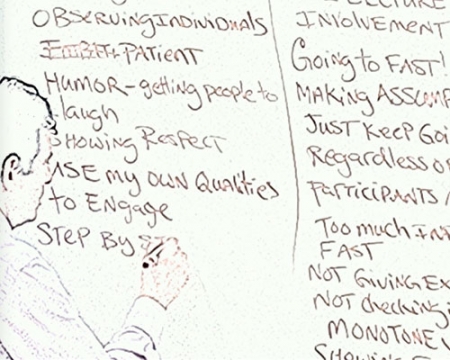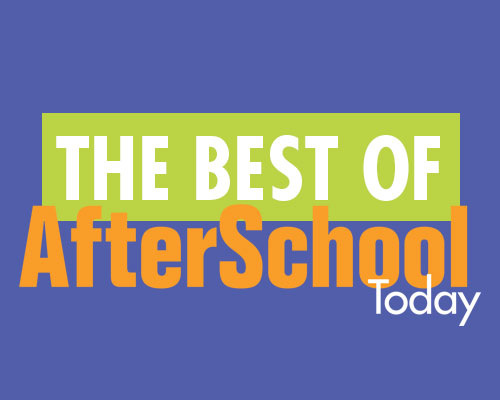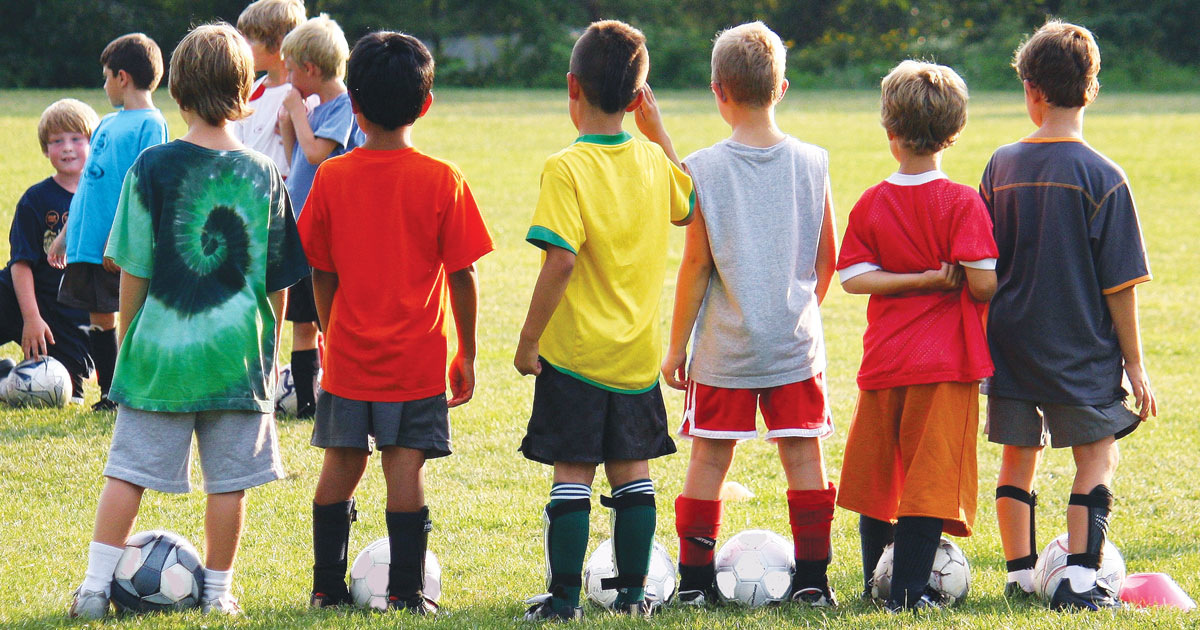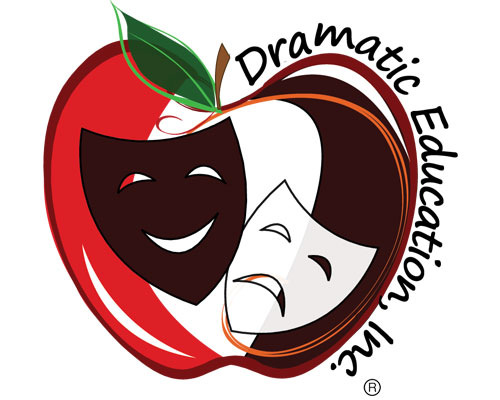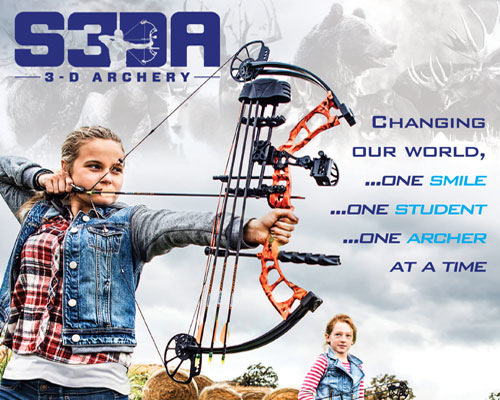Resources
NAA is pleased to offer the afterschool professional a wide range of tools and downloads designed to both grow your career and strengthen your program.

NAA Presents at National Association of Elementary School Principals Conference
The National Afterschool Association (NAA) was recently invited to present at the annual National Association of Elementary School Principals (NAESP) annual conference held July 6-8 in Washington, D.C.
5 Key Ingredients to Effective Facilitation
As Director of Staff Development at the Leadership Program, I spend a lot of time both preparing and implementing training or coaching others on effective facilitation. There is no recipe or shortcut that instantaneously makes you an expert facilitator.
Ideas to Ponder: The AfterSchool Today 'Best Of'
Summer's schedule varies for those involved in out-of-school time (OST). For some, it's a welcome break; for others, it's their busiest time of year.
12 Ways to Make Summer Reading Fun
"No more classrooms, no more books, no more ..." Waaaait a minute. No more books? As children, reading was one of our favorite summer activities—but we know that's not the case for many kids, especially when they are outside of school.
Help Parents Embrace Fear of Tech
I recently had a great chat with a parent that highlighted a prevalent fear among parents everywhere: technology. Parents don't know how to embrace the technology their kids are using AND keep them safe in the process!
Study Analyzes Uptake in NAA Physical Activity Standards
The National Institute on Out-of-School Time and RTI International recently released "Monitoring the Uptake of National AfterSchool Association Physical Activity Standards."
Drama Promotes Critical Thinking
Students who participate in extracurricular activities develop fundamental tools to provide and maintain critical thinking skills. Research suggests that the application of creative, abstract and imaginary expression through an aesthetic vehicle is needed to foster academic motivation, development and stability that will contribute to a child's fulfillment and security for a lifetime.
Don’t Wait for Good PD—Go Out and Find It!
In my role at the National AfterSchool Association, one of my key responsibilities is to plan professional development. So I think about professional development A LOT, which is why a recent EdSurge article, "Why Good Professional Development Is Crucially Linked to an Educator's Attitude," by Glenda I. Lozada Negron, caught my attention.
5 Ways to Build Strong Relationships with Families
Family engagement has a life-long impact on the lives of children and comes in many forms. As professionals in the field of afterschool and expanded learning, it is important to remember that even though we may not see a child's family at school or a program, this does not mean they are not engaged in the lives of their children. With that in mind, we need to actively build strong engagement with families when they can come to the school or program.
Archery Creates Opportunity
Scholastic 3-D Archery (S3DA) provides 3-D and indoor archery opportunities for youth in afterschool settings, in addition to archery-affiliated clubs and businesses in their communities. S3DA places special emphasis on archery education and wildlife conservation.
National AfterSchool Association • 2961A Hunter Mill Road, #626 • Oakton, VA 22124 • info@naaweb.org


